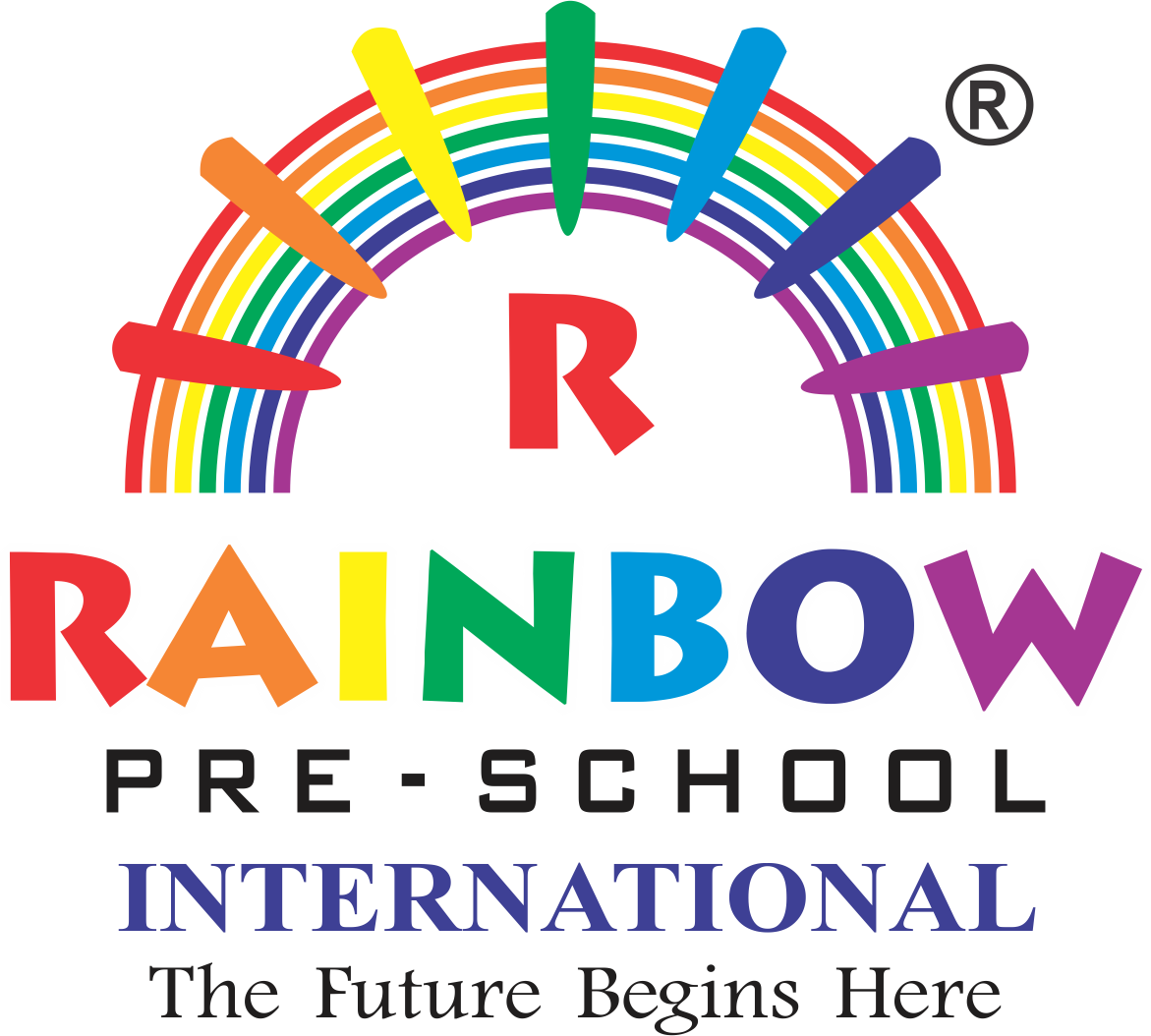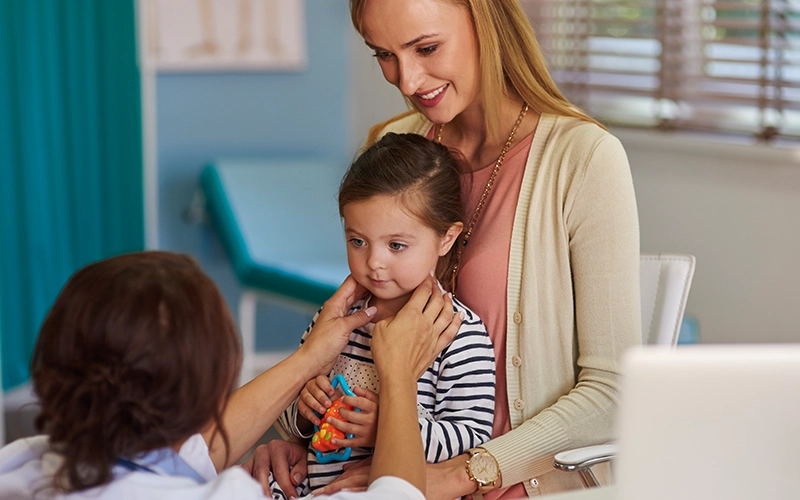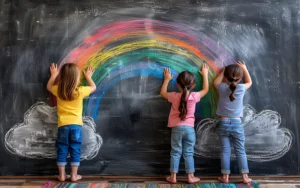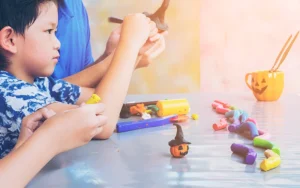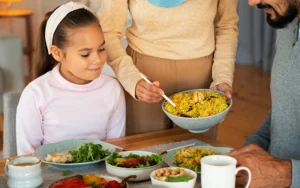In a world where ensuring a child’s safety and well-being is paramount, teaching them about personal boundaries is a crucial aspect of their education. This blog aims to provide parents and educators practical advice and strategies to educate children on this sensitive topic. We will explore how to use child-friendly language, create a safe environment for questions, and empower children to speak up, distinguishing between good and bad touch.
Understanding personal boundaries and recognizing the difference between good and bad touch are fundamental components of a child’s early education. This knowledge not only plays a critical role in their safety but also their development and self-esteem. However, broaching this subject requires sensitivity, age-appropriate explanations, and, most importantly, creating an environment where children feel safe and empowered to discuss their feelings and experiences.
Using Child-Friendly Language
When explaining personal boundaries to children, it’s essential to use language that is easy for them to understand. Avoid complex terms and opt for simple, clear language. Explain personal boundaries as an “invisible bubble” that surrounds them, which no one is allowed to enter without their permission. This analogy helps children grasp the concept of personal space and autonomy over their own bodies.
Creating a Safe Environment for Questions
Children are naturally curious, and as they learn about personal boundaries, they may have many questions. Create an environment where they feel comfortable asking questions, no matter how trivial they may seem. This openness encourages dialogue, making it easier for children to express concerns or share experiences. Regular, casual conversations on the topic can also reinforce the importance of boundaries and personal safety.
Empowering Children to Speak Up
Empowerment is key in teaching children about personal boundaries. They should understand that they have the right to say “no” if they feel uncomfortable with any touch, regardless of who it’s from. Teach them to trust their instincts and assure them that it’s okay to report any touch that makes them uneasy. Reinforce the idea that their body belongs to them and they have control over who touches them.
Distinguishing Between Good Touch and Bad Touch
Good touch can be explained as touches that make them feel safe, loved, and comfortable — like a hug from a parent or a high-five from a friend. In contrast, bad touch is any touch that makes them feel uncomfortable, scared, or confused. This could include touches in private areas, touches that hurt, or touches that come with requests to keep secrets. Use age-appropriate examples and emphasize that they should always tell a trusted adult if they experience bad touch.
Conclusion
Teaching kids about personal boundaries and the difference between good and bad touch is vital to their safety and development. By using child-friendly language, creating a safe environment for questions, empowering children to speak up, and distinguishing between good and bad touch, we can provide them with the knowledge and skills they need to protect themselves. Remember, the goal is not only to educate them about the dangers but also to empower them to take control of their own bodies and boundaries.
FAQs
A: Yes, gardening supports physical, cognitive, and emotional development by teaching responsibility, patience, and understanding of natural processes.
A: Spring is ideal due to the mild weather and the start of the growing season, making it a perfect time to engage children with planting and outdoor activities.
A: Ensure the use of child-friendly tools, non-toxic plants, and close supervision. Educate them on what should not be touched or ingested in the garden.
A: Yes, gardening can be highly engaging for preschoolers when activities are designed to be fun, interactive, and suitable for their age group. Incorporating elements of play, creativity, and exploration into gardening activities can capture their interest and encourage a love for growing plants.
Gardening isn't just a hobby; it's an adventure that offers boundless opportunities for learning and growth. By engaging preschoolers in these gardening activities, we plant the seeds not only in the soil but in their young minds—seeds of curiosity, respect for nature, and a sense of responsibility towards the environment. This spring, let the garden be your classroom and watch as your little ones bloom alongside their plants. With each seed planted and each flower that blossoms, preschoolers will discover the wonders of the natural world, laying down roots for a lifetime of environmental stewardship and love for the outdoors.
